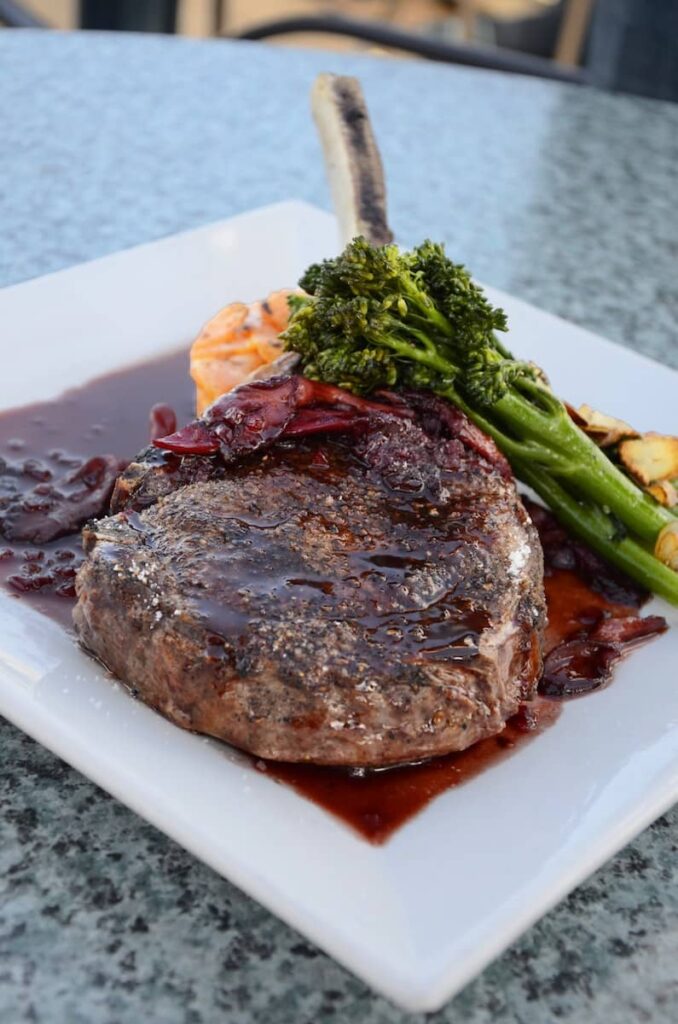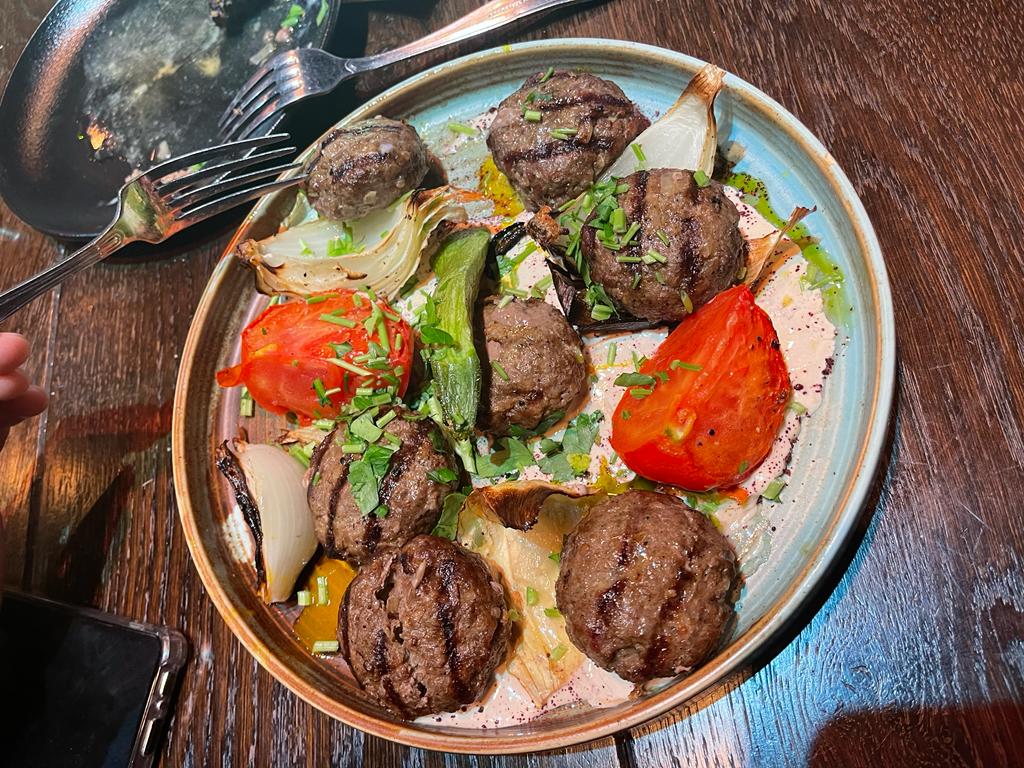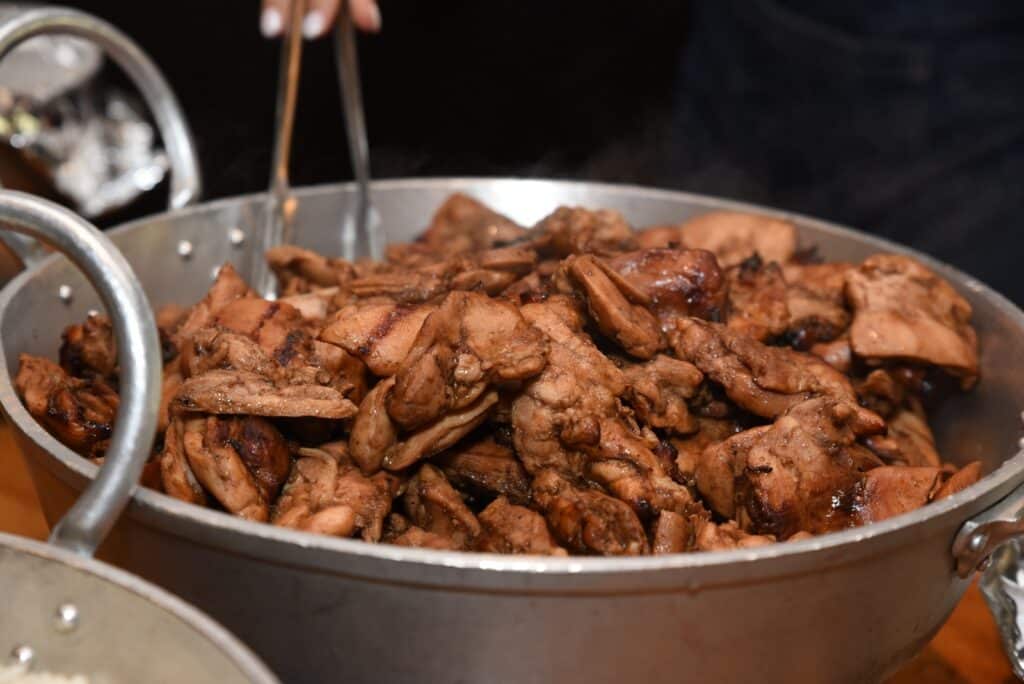In the realm of catering, it is essential to broaden our horizons and embrace the diverse cultural celebrations that exist around the world. One such celebration is the Hina Festival, a significant event in Japanese culture that holds deep historical and cultural significance. As caterers, it is crucial to understand the intricacies and customs associated with this festival in order to provide a truly authentic and meaningful experience for our clients.
The Hina Festival, also known as Girls' Day or Doll's Day, is a time-honored tradition that celebrates the health, happiness, and prosperity of young girls. It is marked by the display of ornamental dolls, exquisite decorations, and the indulgence in traditional Hina cuisine. As we embark on the journey of catering for Hina-themed events, it is important to incorporate symbolic elements in our menu, consider special dietary restrictions and allergies, and pay attention to presentation and decorations that reflect the essence of this festival.
Collaborating with local Japanese chefs and suppliers will enable us to source authentic ingredients and create an experience that is true to the cultural heritage of Hina. By customizing our catering packages to suit Hina-themed events, we can ensure that our services are tailored to the unique needs and desires of our clients. Above all, it is imperative to approach Hina catering with authenticity and cultural sensitivity, respecting the traditions and customs associated with this revered festival. With dedication and a commitment to serve others, we can truly bring the spirit of Hina to life through our catering services.
Understanding the Significance of Hina Festival in Japanese Culture
The Hina Festival, also known as Doll's Day or Girl's Day, holds great cultural significance in Japanese society due to its historical roots and the traditional values it symbolizes. Hina dolls, representing the Emperor, Empress, and their court, are displayed in homes to pray for the health and happiness of girls. The festival is celebrated with various rituals and traditions, including the setting up of a special display called hina-ningyo and the offering of traditional food. Transitioning into the subsequent section, traditional hina cuisine and food customs play a vital role in catering for Hina in the horizons.
Traditional Hina Cuisine and Food Customs
Traditional Hina cuisine and food customs have long been ingrained in the cultural fabric of the region, offering a fascinating glimpse into the culinary practices of the past. Traditional hina recipes showcase the rich flavors and techniques of Japanese cooking, with dishes such as chirashizushi, hina arare, and hina ningyo manju. These dishes are not only delicious but also carry symbolic significance, representing good luck, prosperity, and a bountiful harvest. Incorporating these symbolic elements in hina menus adds a touch of tradition and meaning to the dining experience.
Incorporating Symbolic Elements in Hina Menu
By incorporating symbolic elements in the menu, one can create an immersive dining experience that not only tantalizes the taste buds but also offers a deeper understanding of the cultural traditions associated with Hina cuisine. Symbolic elements such as certain ingredients, colors, and presentation techniques can be used to showcase the rich heritage of Hina cuisine. By incorporating cultural traditions in Hina cuisine, one can provide a truly authentic and enlightening dining experience. Considering special dietary restrictions and allergies is crucial to ensure that everyone can participate in this cultural experience.
Special Dietary Restrictions and Allergies to Consider
Considering the diverse dietary needs and potential allergies of diners is essential to ensure that everyone can fully enjoy and partake in the cultural experience of Hina cuisine. To accommodate special dietary accommodations and allergies, caterers should:
- Offer vegetarian and vegan options to cater to those with dietary restrictions.
- Provide gluten-free alternatives for individuals with gluten sensitivities.
- Clearly label dishes that contain common allergens such as nuts, dairy, and shellfish.
- Inquire about specific dietary restrictions and allergies when taking orders.
Moving forward, it is important to discuss the presentation and decorations for hina-themed catering.
Presentation and Decorations for Hina-themed Catering
To enhance the cultural experience of Hina-themed catering, careful attention to presentation and decorations is crucial. Presentation techniques play a vital role in creating an inviting and visually appealing atmosphere. Floral arrangements are commonly used to add a touch of elegance and authenticity to the event. Incorporating traditional Japanese flower arrangements such as ikebana can elevate the overall aesthetic. Transitioning into the subsequent section, the traditional Japanese tea ceremony and Hina Festival will be explored.
Traditional Japanese Tea Ceremony and Hina Festival
The Traditional Japanese Tea Ceremony and Hina Festival showcase cultural traditions and customs that provide a captivating glimpse into Japanese heritage and customs. During the tea ceremony, participants gain an understanding of tea etiquette and the art of preparing and serving matcha tea. The Hina Festival, also known as Girls' Day, celebrates the history of hina dolls and their significance in Japanese culture. Moving on to traditional sake and other beverages for the hina celebration…
Traditional Sake and Other Beverages for Hina Celebration
Traditional sake and other beverages play a vital role in the Hina Celebration, akin to delicate brushstrokes that enhance the overall masterpiece of Japanese cultural heritage. Sake tasting allows guests to experience the rich flavors and aromas of traditional Japanese rice wine. Additionally, creative mocktails provide non-alcoholic options for those who prefer them. To further enhance the culinary experience, collaborating with local Japanese chefs and suppliers ensures the authenticity and quality of the cuisine for the Hina Celebration.
Collaborating with Local Japanese Chefs and Suppliers
Collaborating with local Japanese chefs and suppliers is essential for ensuring the authenticity and quality of the cuisine served during the Hina Celebration. Their expertise and knowledge of traditional Japanese cooking techniques contribute to an enriching culinary experience. This collaboration also presents valuable opportunities for sharing ideas and exploring new flavors. However, sourcing traditional ingredients can sometimes pose challenges, as certain items may not be readily available. Despite these challenges, working closely with local chefs and suppliers allows us to customize catering packages for hina-themed events seamlessly.
Customizing Catering Packages for Hina-themed Events
One interesting statistic to note is that customizing catering packages for hina-themed events allows for a more personalized and unique dining experience for guests. By customizing menu options and creating unique hina-inspired dishes, caterers can offer a dining experience that aligns with the theme of the event and satisfies the guests' preferences. This level of customization enhances the overall ambiance and ensures a memorable experience. Moving forward, it is important to consider how to ensure authenticity and cultural sensitivity in hina catering services.
Ensuring Authenticity and Cultural Sensitivity in Hina Catering Services
To ensure the authenticity and cultural sensitivity in the realm of Hina catering services, it becomes imperative to navigate the delicate balance between honoring tradition and adapting to evolving cultural preferences. Cultural appropriation must be avoided, as it can disrespect the significance of the Hina festival history. Catering services should strive to incorporate traditional elements while also accommodating modern tastes, ensuring a harmonious blend that respects the cultural heritage of Hina-themed events.
- 1. Understanding the Significance of Hina Festival in Japanese Culture
- 2. Traditional Hina Cuisine and Food Customs
- 3. Incorporating Symbolic Elements in Hina Menu
- 4. Special Dietary Restrictions and Allergies to Consider
- 5. Presentation and Decorations for Hina-themed Catering
- 6. Traditional Japanese Tea Ceremony and Hina Festival
- 7. Traditional Sake and Other Beverages for Hina Celebration
- 8. Collaborating with Local Japanese Chefs and Suppliers
- 9. Customizing Catering Packages for Hina-themed Events
- 10. Ensuring Authenticity and Cultural Sensitivity in Hina Catering Services



